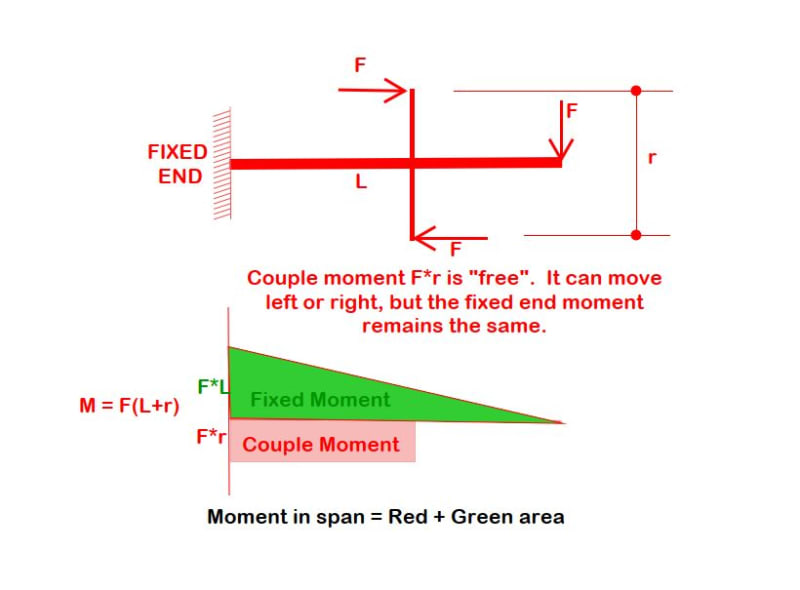sorry, never seen an infinite force before, and besides an infinite force*zero distance = zero moment (yes, the finite force get larger as the finite distance gets smaller).
Analytically we model the end condition as a point, a force and a moment at a point. This is of course not the real world, so that's when we say "ok I have (analytically) a force (and a moment acting at this point, but I have a (or several) shear splice physically somewhere nearby and the loads on these elements are equivalent to my analytical loads".
"Hoffen wir mal, dass alles gut geht !"
General Paulus, Nov 1942, outside Stalingrad after the launch of Operation Uranus.

